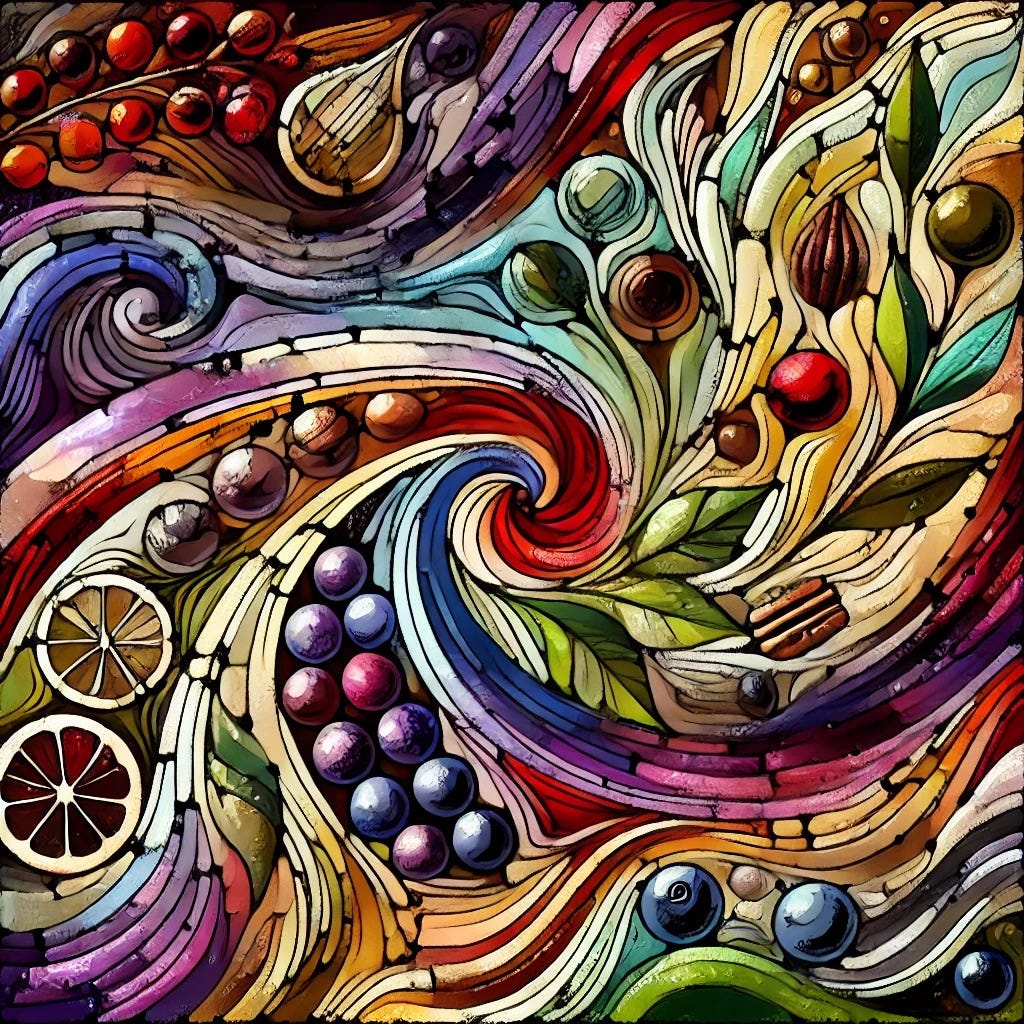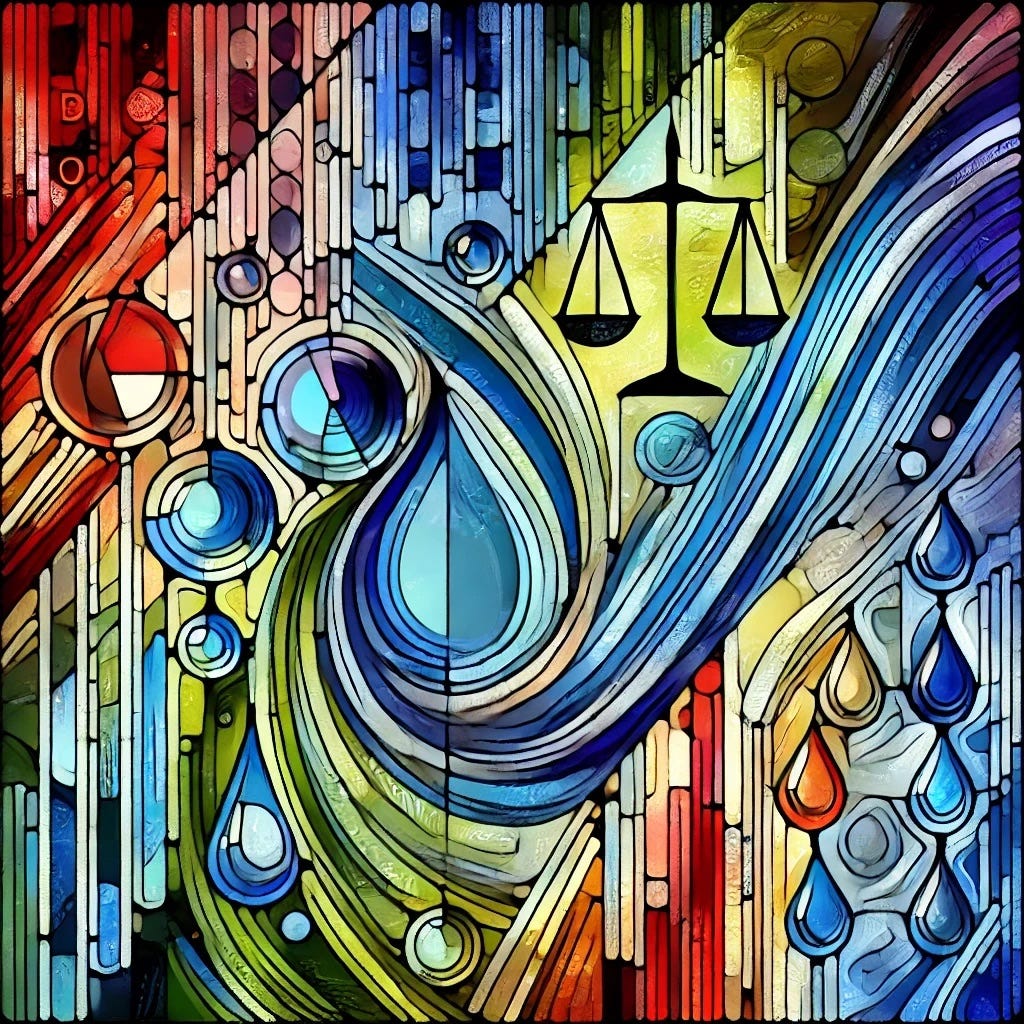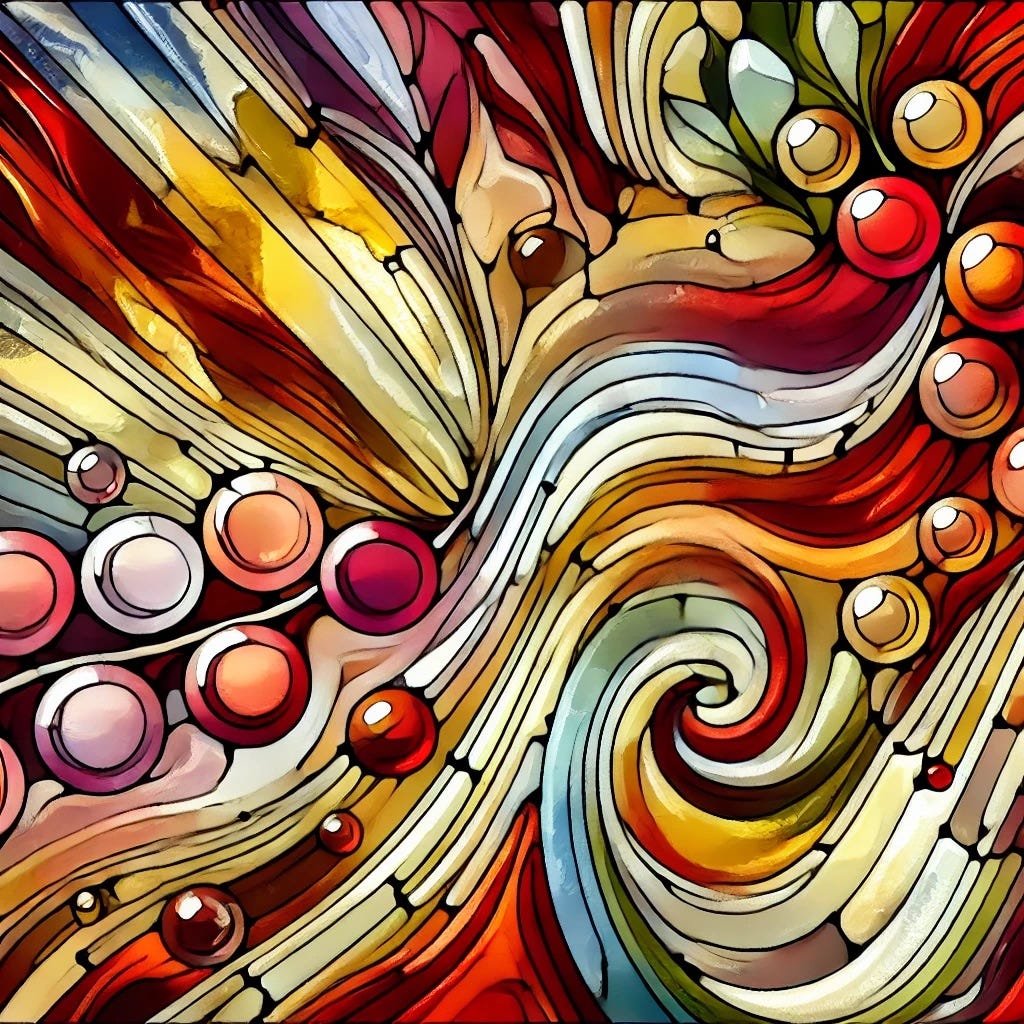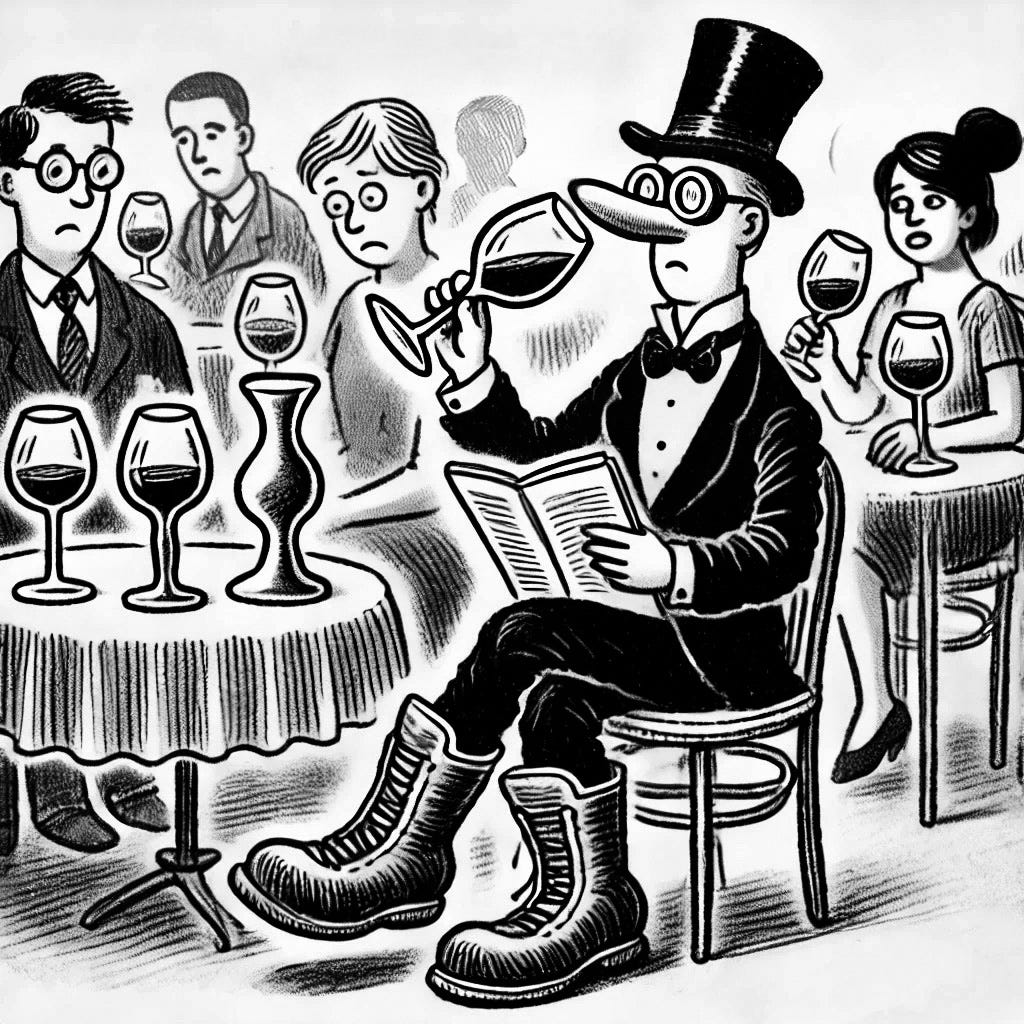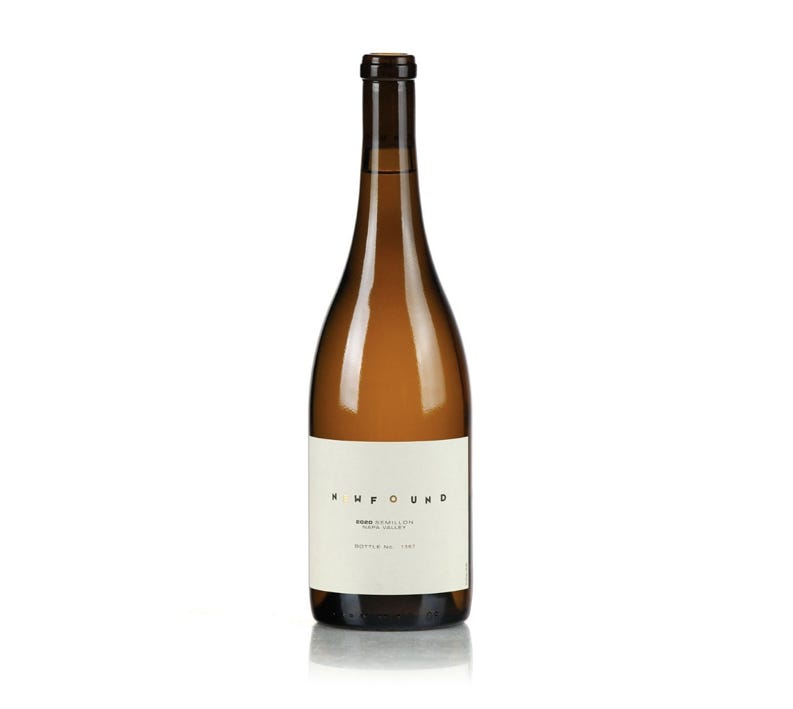NAPA VALLEY, Calif. — Anyone who has observed the California wine industry closely can easily recognize the stages and fads that are imposed on this most malleable liquid over the years. Sometimes political forces impose influences that are abhorrent, such as Prohibition. Then there are the almost inexplicable fads that threaten to become trends – which winemakers usually detest.
In decades of covering this industry, I have seen dozens of crazes. Some are simply inexplicable, such as the decade-ago short-lived fad of moscato! Because it was mentioned in some rap songs, it became ridiculously hot – before it was not. The fad died as quickly as it arose.
In almost every instance of a fad, I predicted that normalcy eventually would return to the fine wine (FW) business. In almost every case, it did – although sometimes the return to regularity took several years. Almost never does a trend take hold so strongly that it lasts forever.
(For instance, because of a movie two decades ago, statewide and national merlot sales hit a brick wall and for good reason. A lot of that merlot was pretty bad. It took nearly 20 years, but merlot sales are on the rise again. Quality merlot can be superb.)
The one persistent U.S. trend that started in the 1950s and has lasted until today has little to do with FW. It is CW, commonplace wine. It has long been the penchant of millions of Americans to seek out white or pink wines that have residual sugar.
Sweet is seductive to some people, only now it is showing up in fine wine reds. These are not wines made to sell for $8. Many now sell for hundreds of dollars per bottle.
When Riunite (“On ice, that’s nice!”) became a popular beverage seven decades ago, it appealed mostly to people who thought of it as wine. Technically, of course, it was wine. And because it had an Italian name and was imported, some people believed that it would work with spaghetti. It did not. I believe that it set back Italy’s wine image for years.
Even though Riunite came from Emilia-Romagna and is legally identified as Lambrusco, the product was so sweet that it appealed mostly to people who were not regular wine-drinkers and likely never switched over to dry table wines. (Today Riunite is still being sold – and there are 10 versions of it, including red and white sangria, plus peach, raspberry and blackberry.)
The “sweet and fizzy” niche that Riunite helped to create presaged numerous mini trends that followed, such as wine spritzers, wine coolers, hard cider, hard seltzer and white zinfandel. And they eventually led to the development of sweet chardonnay, a category that remains popular to this day, particularly where dry wines do not have to display any particular varietal aromas or tastes.
I can think of several U.S. states where sweet chardonnay outsells dry chardonnay.
About 1984, on a visit to Kansas City to do some non-wine research, I dined at a local café and ordered a glass of the house white wine. It was chardonnay, of course. I wasn’t shocked when I found that any connection to that grape variety had been surgically removed, placing the beverage in an intensive care ward from which it would never be discharged.
Truly dry chardonnay still was being produced in California, of course. The sweeter stuff that was being trucked hither and mostly yon seemed to be appealing to people who called themselves wine consumers. But the large wine producers who made sweet chardonnay often identified it in-house not as chardonnay but as “Château Cache-Fleau.” It was made to be sold as quickly as possible and forgotten even faster.
Sweetness continued to provide many such white wines with an appeal to newcomers, some of whom continued to buy sweeter versions of other wines, as well. By the late 1990s, New Zealand sauvignon blanc was heralded because of its distinctive aromatics and its being so different from domestic chardonnays.
But what really sold it to newcomers as a fascinating, widely appealing white wine was not its aromatics. It was sugar. People from Pasco to Tallahassee drank it ice cold. Before long, the truly great examples of New Zealand SB (which were dry) were abandoned as consumers discovered that they could buy this beverage for $10 a bottle and it was satisfactory.
Unfortunately, the best NZ SB became a hard sell at $20. Even today, exceptional sauvignon blanc from New Zealand still sells here for far less money than it deserves. Just about every wine store, grocery store and convenience store now carries a New Zealand SB at about $10-$12.
Another dry wine that ended up being sweet was pinot gris, or as some California wineries identified it, pinot grigio, hoping some buyers would consider it to be better because the name had two added additional letters.
Over the decades, as California’s finest winemakers continued to make dramatic strides in the production of quality FW chardonnay and sauvignon blanc, the improvements were noted by wine critics here as well as around the world. Some of these wines were relatively soft; many were a bit too oaky. But in most cases they were dry enough to work with food, and many were European-styled classics.
By about 1990, there still was very little red wine to parallel the sweetness strategy that seemed to be widely pursued in white and pink wines. (Last week here we mentioned Stella Rosa, but that does not pretend to be fine wine.) However, in the early 2000s, the game began to shift.
About 2002, I was chatting with a top North Coast winemaker who then was working for a large winery. One of the wines he was asked to make was marketed at about $8, so it appeared to be a fine wine. The winemaker told me that it had 2.5% residual sugar. It was extremely popular with people who wanted a quaffable red. Inside the industry this wine was perceived to be CW.
However, the success of this red wine led several others to say, “Hey, if sweet red sells, maybe we should do one.”
However, tinkering with cabernet’s success is equivalent to killing the golden goose, and most Napa Valley cabernet producers did not want to fiddle with what had brought fame to the area, along with lots of profits. Napa cab had become so successful that real estate prices rose to ridiculous heights, tourism became a big deal and wine sales generated massive revenues.
Movies were made about Napa. Books were written about Napa. Photographers plagued Napa vineyards at ungodly hours. Napa’s restaurant prices shot up so high that residents said they couldn’t afford to dine out locally. Driving to southern Sonoma County’s Petaluma to take advantage of its dynamic and reasonably priced dining scene became a talking point.
In time the scores bestowed on Napa wines rose to unbelievable heights. By the late 1980s, scoring wine had become a big deal. The higher the scores got, the more the wines rose in price and yet they still sold – even though some of the high-scoring wines were not only atypical of Napa but also were atypical of cabernet.
Some of the critics who gave out these high scores seemed to be overwhelmingly reluctant to say anything about many of the wines’ obvious sweetness levels, which seemed to be increasing. Unlike movie or book reviewers, most wine critics tend to be astonishingly courteous to expensive wines. Even John Steinbeck wrote a mediocre novel. Almost never do wine critics write anything disrespectful of a wine that sells for a lot of money, even if the wine is utterly anomalous.
It almost goes without saying that all expensive wines will get a high score from almost all critics – even if a cabernet is sweet or lacking in structure, which far too many of them have become. And by an unbelievable coincidence, all almost all reasonably priced Napa wines (what’s that?) are absolutely guaranteed to get a bad score. Even if they are exemplary!
And what is a bad score? A decade ago, a Napa Valley winemaker who had been in the business for 40 years laughed out loud when I mentioned to him that he had received 92 points for his recent cabernet.
“Uh, thanks, but that’s the kiss of death,” he said. “If I don’t get a 95 or more, it’s like I made hemlock.” A couple of years later, another Napa winemaker told me, “If I don’t get at least a 96, we hide the score.”
And what do these 96-and-above wines have in common? Most are so analogous to one another that a single description could apply to almost all of them.
Color: Almost all are extremely dark, if not black. Red left town in a rail car.
Concentration: Most have more in common with molasses. A strobe light behind a glass has no chance.
Aroma: There is almost no connection to cabernet. They all smell more like jam than a potable. Extraneous scents include mocha, bacon and toasted pecans.
Alcohol: Nearly everything is at least 2% higher than the Stag’s Leap Wine Cellars’ 1973 cab that won the Judgment of Paris tasting. Warren Winiarski was not a fan of today’s wines. Some of today’s cabs have so much alcohol they could pass for solvents. Some taste so “hot” they’re actually painful.
Food compatibility: Most are great with dark chocolate. Their nearest vinous cousin is vintage Port – sans Port’s legendary reputation for aging.
Texture: This is extremely difficult. On one hand, cabernet is supposed to have a lot of tannins so it can age. A few Napa Valley cabernets still retain substantial amounts of astringency, which some people think will allow the cabs to develop in the bottle. Maybe.
However, the ability of a wine to age is related to a lot more than just tannins. It must also have good acidity, moderate alcohol and a low pH. All three statistics must be within a certain range for the wine to develop. And if the wine is harvested improperly, the flavor profile may not contain the proper constituents for the wine to develop. It has to have balanced fruit.
Additionally, some producers believe that a high level of astringency is inappropriate if the wine is going to be sold to people who are not particularly knowledgeable about fine wine. And since aging of red wine today is at its lowest incidence in probably 30 years, wineries know that they have to make their cabs less astringent than might be optimum for those who will age them.
As a consequence, some producers intentionally mask the tannins in their cabernets using various techniques. One of those techniques is to make certain that the wine has a higher pH, which makes the wine taste softer. Another is to make certain that the wine has low acidity. Both of those techniques have one unfortunate consequence: Wines with a high pH and low acidity are unlikely to age for even a short period of time, let alone years.
Another technique to soften tannins is to leave the wine with some residual sugar – a tactic that once was considered to be anathema. No longer.
And so, we return to the original theme of this diatribe, stated in the opening paragraphs. Sweet is seductive to some people, only now it is showing up in FW reds. These are not wines made to sell for $8. Many now sell for hundreds of dollars per bottle. And some do taste pretty nice when they are released – if the person appreciating the young wine is willing to drink it like a cocktail, ASAP.
One classic example of this came the other day when I tasted the 2021 Sequoia Grove Cambium ($165), which has 14.9% alcohol, a pH of 3.74 and an aroma that displays its 93% cabernet nicely with traces of herbs, violets and a hint of licorice. There is a lovely richness; I detected no sugar. I suspect this wine will age reasonably well for a decade. It seemed to be nicely structured. Wine-lovers with cool wine cellars have little to fear if they drink the wine by 2031.
Historically California’s best cabernets were not released to the market until they were 4 years old. The additional time in the winery was used to give the cabernet a little more time for its flavors to knit and for its aromatics to become more like cabernet and less like grape juice. Decades ago, a cab at 2½ years was awkward, difficult to evaluate and not particularly appealing.
But the way cabs are being made today, with actual residual sugar in some of them, they taste OK to the uninitiated.
Skeptics might wonder if leaving residual sugar in a cabernet isn’t a little risky. They might ask: Isn’t there a possibility of refermentation in the bottle? And yes, this is a valid point and one that winemakers need to address.
If a cabernet is bottled with some sugar, refermentation is a risk. Wineries typically avoid problems with sweet cabernet by sterile-filtering them. Sterile filtration removes all traces of yeast, so the wine is completely stable. But I’m certain that sterile filtration is one of worst things you can do to a cabernet if it is intended to develop secondary characteristics in the bottle.
Ideally, I could state all of my conjectures more conclusively if I had all wines’ technic details and I had the financing to do chemical analysis on all the wines I review. Unfortunately, given the cost of sending samples to an analytical laboratory for analysis, I have only done it a few times.
Recently, I decided to have analyzed one of the Napa Valley’s most popular fine wines, as identified by its price. (I paid more than $80 for it.) I blind-tasted the 2021 Caymus’ Napa Valley Cabernet with four industry professionals. All five of us thought the wine was sweet. Next I bought a bottle of the same winery’s “California” Cabernet (coast: $68) and blind-tasted it with three other industry professionals. Again, we all agreed: It was sweet, almost cloying.
I then had the second bottle chemically analyzed. It came out with 11.1 grams per liter of residual sugar (1.1%) and a pH of 3.82, which I think is too high for the wine to age very well. Not one of us tasting this wine was shocked. The most senior winemaker in the group said that as long as a cab is sterile-filtered, making it sweet is extremely easy to do. Various methods may be used.
Within the next few weeks, I began trying various wines that my budget could justify. In one egregious case, three cool-climate pinot noirs from the same producer were so sweet I nearly gagged. Although the flavors were satisfactory, the three wines combined cost me nearly $150, and I didn’t even feel comfortable cooking with them.
Asking a winery for the technical details of a wine has usually proved fruitless. Most wineries consider this to be a state secret, but additionally, a wine may taste sweet even though it has no sugar. A Sonoma County winemaker two years ago made a white wine that I swore was sweet. The man who made it told me it was completely dry but that its acid was extremely low and its pH was much higher than I ever guessed.
When the wine was served cold, it was so delicious that he decided not to make any adjustments. I bought several bottles of this wine and served it to people who normally drink sweeter wines, and all of them said the wine was sweet enough for them. It was a great illustration that completely dry wine can occasionally come across as sweet.
What is most disconcerting about this subject relates directly to the fact that we are talking here mainly about cabernet and other red wines that are iconic and expensive. Almost all are sold with the implicit suggestion that they will improve with age. With the improper structural equilibrium, sweet or low-acid/high-pH red wines have little chance of improving in the bottle.
As an old friend once said, “You can’t make a mistake if you drink ’em young. But if you hold onto a wine too long, you have only yourself to blame.”
Berger’s Wine Discovery of the Week
2020 Newfound Semillon, Napa Valley ($32): Delicate hints of fig, dried hay and even a trace of lanolin mark the aroma of this dry wine. The mid-palate is rich and relatively broad, but the acid carries superb flavors to the aftertaste. The winery is sold out of this fascinating light white wine, but several bottles remain at Bottle Barn in Santa Rosa at $25.99 or online at Wine Library ($29.99).
If today’s story captured your interest, explore these related articles:
Dan Berger’s Wine Chronicles: Proof That Napa’s Older Cabs Can Age
Dan Berger’s Wine Chronicles: Napa and Sonoma as True Vinous Siblings
Dan Berger’s Wine Chronicles: The Nostalgia and Nonsense of Barrel Tastings
Dan Berger’s Wine Chronicles: The Evolution and Art of Winemaking
Dan Berger’s Wine Chronicles: How Wine Is Packaged Can Affect Its Quality
Dan Berger has been writing about wine since 1975.
The views, opinions and data presented in this article are those of the author and do not necessarily reflect the official policy, position or perspective of Napa Valley Features or its editorial team. Any content provided by our authors is their own and is not intended to malign any group, organization, company or individual.





